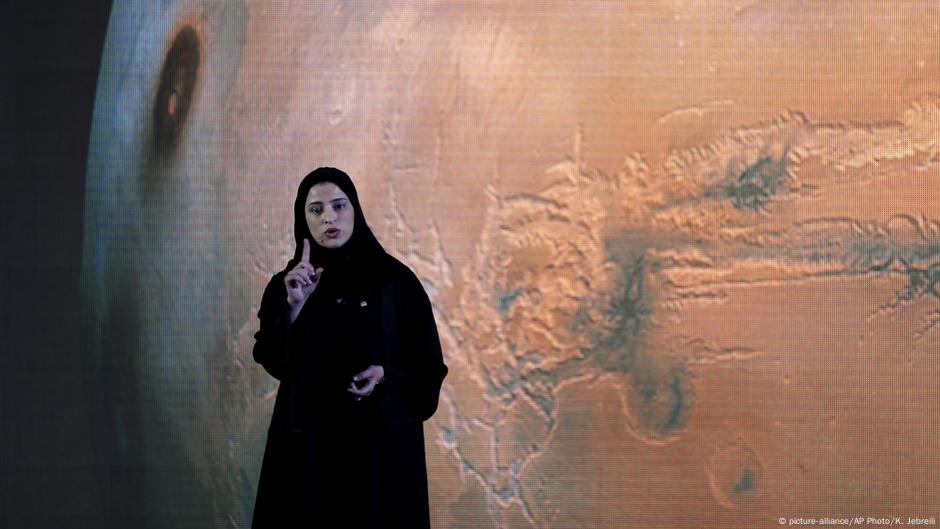AlbertC
Superstar
Sarah al-Amiri: The woman leading UAE's Mars mission
19.07.2020
A dream was born when Sarah al-Amiri saw an image of the Andromeda Galaxy at the age of 12. In a region defined by turmoil, she never thought it would lead her country beyond Earth's stratosphere and toward Mars.
Over the past five years, the United Arab Emirates has sought to push the boundaries of science and technology.
In 2017, they announced the world's first Minister of Artificial Intelligence to spearhead the Gulf state's efforts in machine learning and other cutting-edge technologies.
That year, they also tapped a young Emirati engineer, Sarah al-Amiri, to lead the country's efforts into space at a time when the region was paying little attention to what is often described as the final frontier.

 m.dw.com
m.dw.com
19.07.2020
A dream was born when Sarah al-Amiri saw an image of the Andromeda Galaxy at the age of 12. In a region defined by turmoil, she never thought it would lead her country beyond Earth's stratosphere and toward Mars.
Over the past five years, the United Arab Emirates has sought to push the boundaries of science and technology.
In 2017, they announced the world's first Minister of Artificial Intelligence to spearhead the Gulf state's efforts in machine learning and other cutting-edge technologies.
That year, they also tapped a young Emirati engineer, Sarah al-Amiri, to lead the country's efforts into space at a time when the region was paying little attention to what is often described as the final frontier.

Sarah al-Amiri: The woman leading UAE's Mars mission | DW | 19.07.2020
A dream was born when Sarah al-Amiri saw an image of the Andromeda Galaxy at the age of 12. In a region defined by turmoil, she never thought it would lead her country beyond Earth's stratosphere and toward Mars.








/cloudfront-us-east-1.images.arcpublishing.com/tgam/C2KV7V4RPNMNBDMD4J4I23D6AU.jpg)
